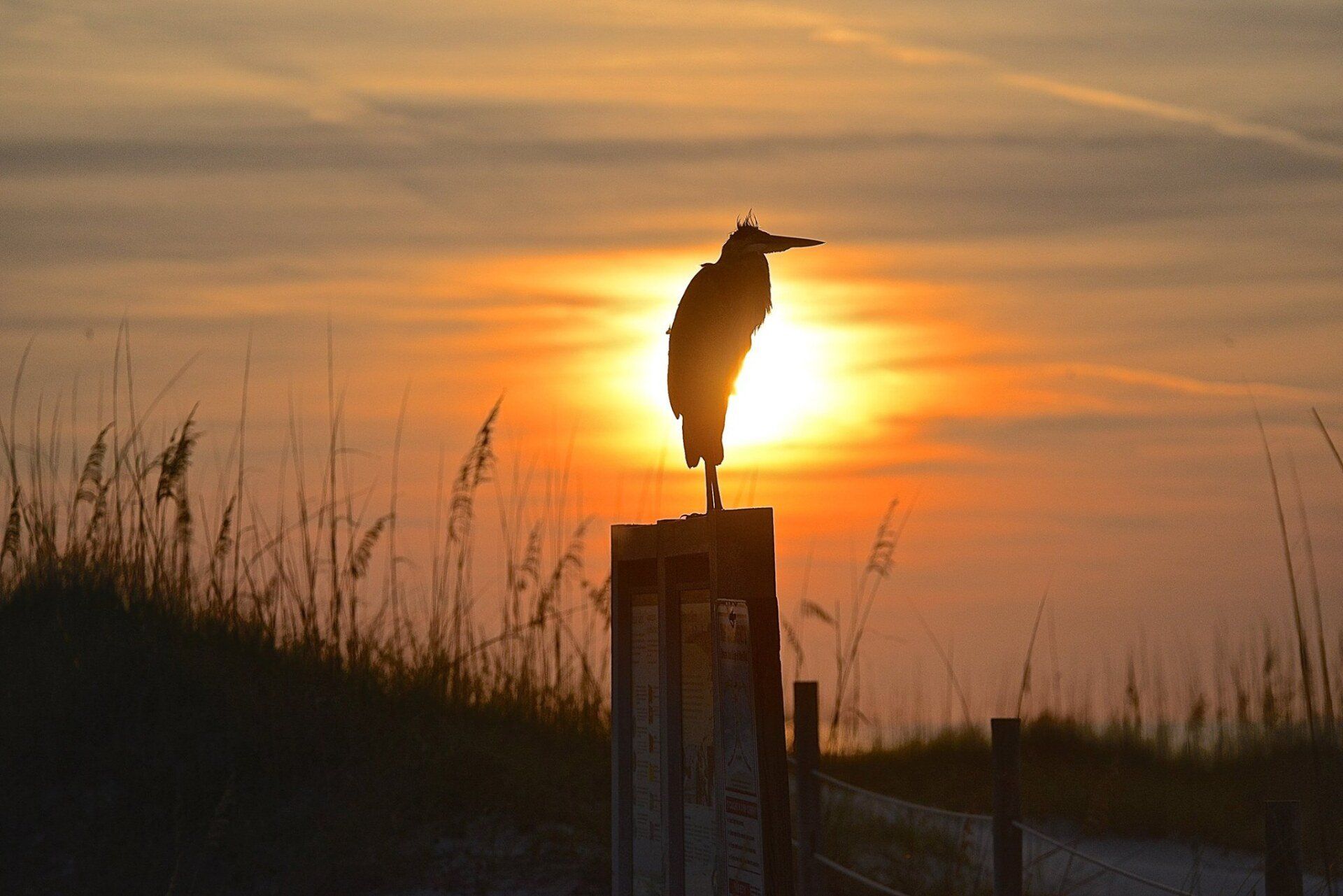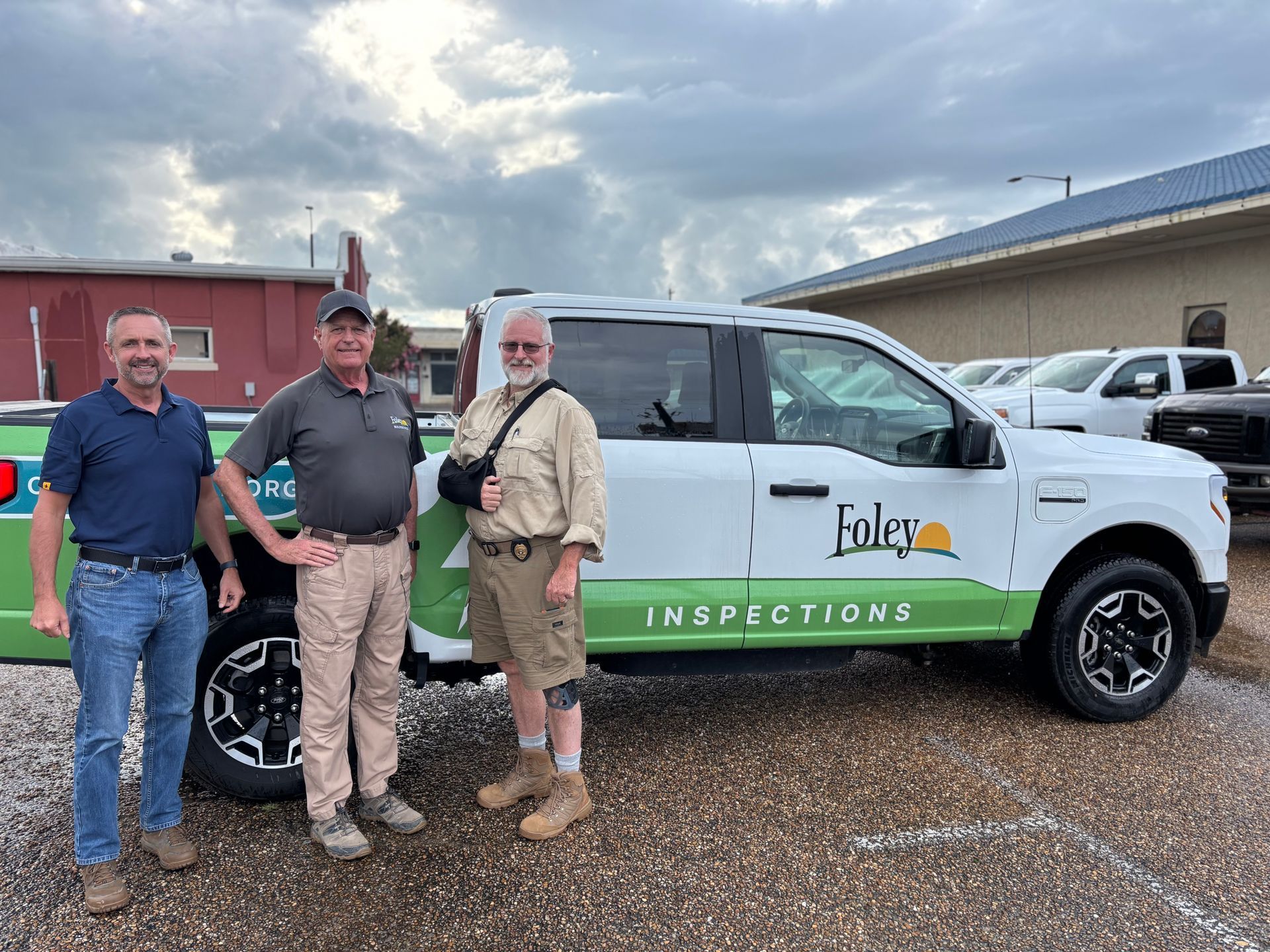Audubon grant fuels 3 more years of Orange Beach shorebird study
Project to include signs, artwork, poetry and pamphlets

Orange Beach, Ala. – (OBA) – Thanks to a grant from the Audubon Society Orange Beach is continuing a shorebird education project for three more years. The project will cost $386,362 for the three-year extension all paid with an Audubon grant.
“This project is a continuation of a grant-funded project that began in 2018,” Fallan Batchelor of the city’s Coastal Resources Department said. “After the BP oil spill, more funding and efforts were directed toward the monitoring, management and conservation of our bird species that are observed in the area.”
At a council meeting in September, the city hired two artists, Tami Curtis and Perry Guy, to provide poetry and artwork for new signs that will be going up to tell visitors and residents about the birds who live here and migrate through here.
“They will be assisting with permanent signs displaying artwork and poetry featuring our local, wintering and beach nesting birds that are specific to Orange Beach,” Batchelor said. “These signs will be placed at all state park beach accesses in Orange Beach. The artwork and poetry will also be used for seasonal signs and pamphlets.”
Much like the Restore Act grants, the money will first go to the Alabama Department of Conservation and Natural Resources and then awarded to the city to pay for all the work planned on the project in Orange Beach.
“The beach nesting bird stewardship program is a grant-funded project that promotes education and awareness of all local and migrating species of birds in the Orange Beach area,” Batchelor said. “The project covers all volunteer efforts, monitoring, and reporting in the Orange Beach area also.”
Once the three-year project is done, the city will have a database to share with visitors and residents to educate them about shorebirds in Orange Beach.
“The results will be used to paint a picture to the general public of what our bird populations look like and how we can ensure their continued success,” Batchelor said. “When we collect disturbance data, we use the results to plan our future stewardship efforts.”
One of the big things Batchelor hopes the public gets from the end result of the project is how to recognize and stay clear of areas where shorebirds are nesting.
“Unfortunately, human disturbance is one of the top problems in shorebird/beach nesting bird nests and chick failure,” Batchelor said. “We all hope to change this by increased education and positive reinforcement of our current laws, ordinances and regulations.”
Share this article w/ Friends...











